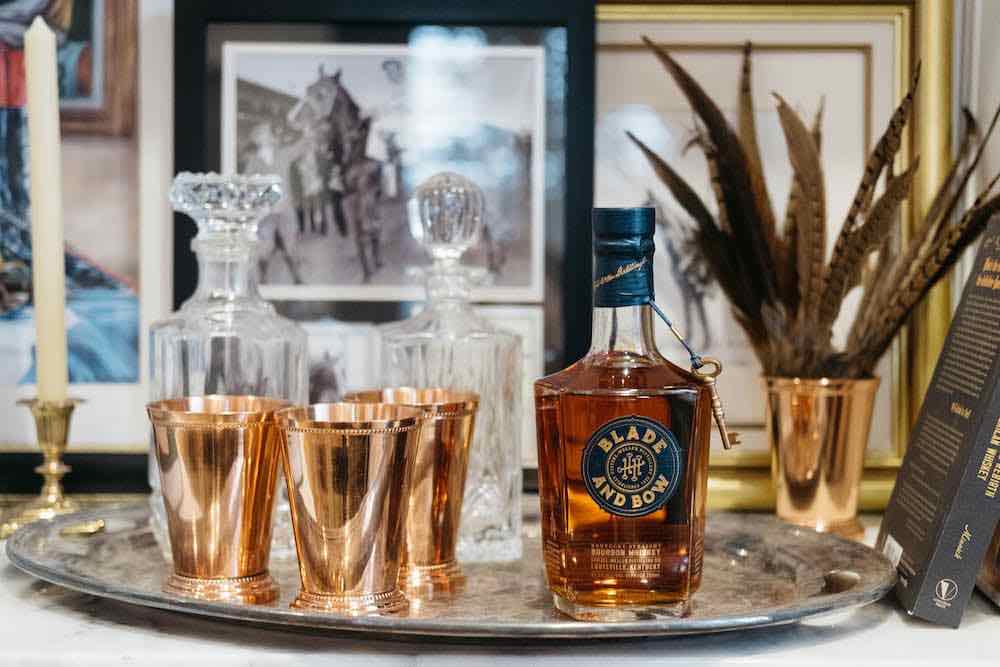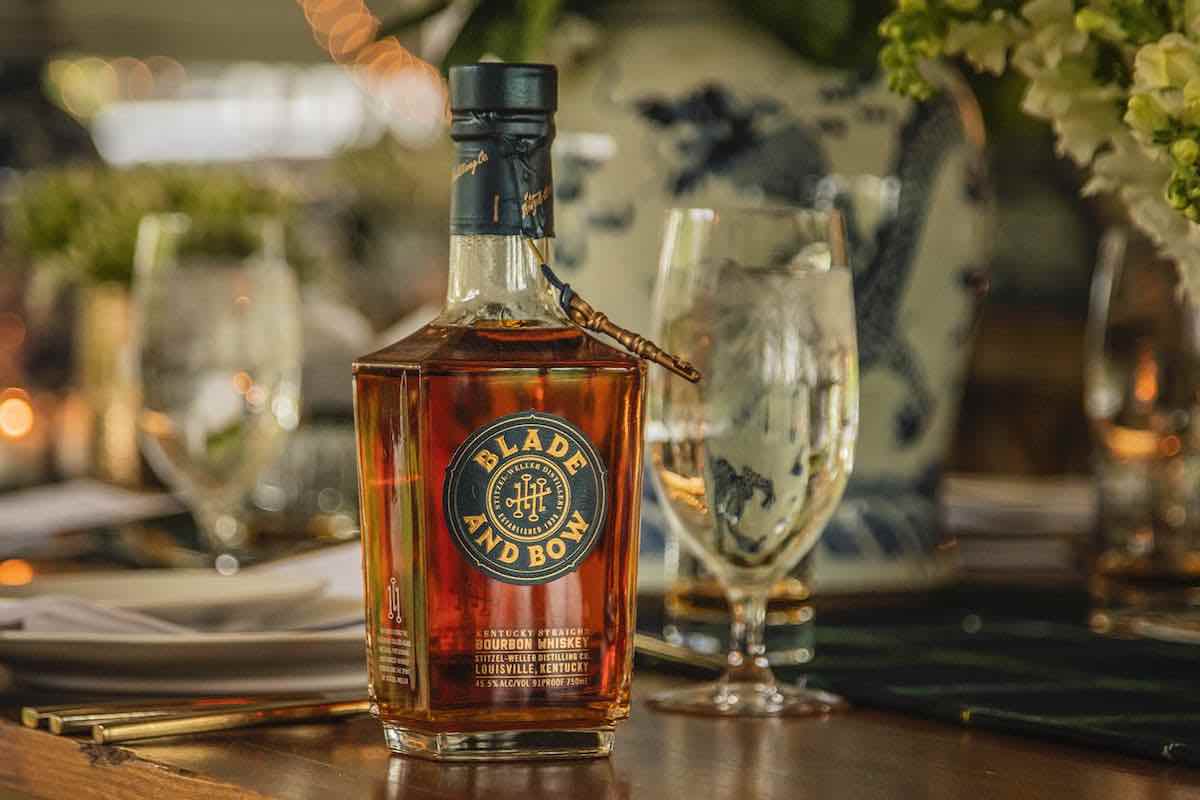While visiting the Stitzel-Weller Distillery last month in Louisville, Kentucky, I learned that Blade and Bow, one of the three Diageo-owned brands that the historic distillery hosts today, happens to be one of the only bourbons produced through the solera-aging method.
Solera-aging is a fractional blending process that refills its reserves as it pulls from them, assuring that the age of the stocks increases over time. It’s commonly seen in the production of sherry and Brandy de Jerez, and occasionally rum. But there’s a good reason why Blade and Bow has come to utilize the process: preservation.
When Diageo acquired the Stitzel-Weller Distillery—which closed in 1992, after 57 years in business—it also obtained the stocks of a 21-year-old bourbon that happened to be some of the last juice made in the shuttered facility. According to Blade and Bow lead educator Doug Kragel, Diageo faced two choices: either release the deadstock bourbon as a one-and-done limited edition or find a way to preserve it.
Diageo chose the latter route and created Blade and Bow, a bourbon that mingled sourced Kentucky bourbons with the rescued 21-year-old.
“We wanted to try and find a way to preserve it and build on the past to create something for the future,” Kragel says.
In practical terms, this means that Blade and Bow is created using a five-tier system established in 2015 that draws on five lots of bourbon barrels. The first tier is composed of seven-year-old Kentucky bourbon; the second tier is seven and eight-year-old Kentucky bourbon; the third tier is seven, eight, and nine-year-old Kentucky bourbon; the fourth tier is seven, eight, nine, and 10-year-old Kentucky bourbon; and, finally, the fifth tier is seven, eight, nine, and 10-year Kentucky bourbon, plus Stitzel-Weller’s 21-year-old bourbon.
Twice a year, a draw-off pulls mostly from the fifth tier for bottling, and then replaces what was drawn from the fifth tier with bourbon from the fourth tier, which is then re-supplied with bourbon from the third tier, and so on. This way, that fifth tier is never entirely depleted, but continues aging as it is fractionally drawn-off and refilled.

Aside from assuring that some volume of the 21-year-old makes it into each bottling, Kragel says it influences the character of the bourbon.
“It gives us the opportunity to do something unexpected in the bourbon world, which is that it smells like the younger bourbon and it drinks like an older bourbon. And those to me are the best two parts of those categories.”
More to the point, Kragel explains that Blade and Bow benefits from the fresh and floral aromas found in six to seven-year-old bourbons, while still having the rich mouthfeel more common to bourbons that are between 12 and 20 years old.
“I think we kind of have the best of both worlds,” he says.
However, the question remains: what will happen when the 21-year-old is gone? Kragel says that its scarcity has been accounted for in Blade and Bow’s deliberately slow roll out but acknowledges that the vintage Stitzel-Weller juice will become a proportionally smaller part of the blend over time.
It gives us the opportunity to do something unexpected in the bourbon world.
However, it may soon be replaced by fresh reinforcements being distilled at the original source. Diageo has been distilling on a small scale at Stitzel-Weller since it re-opened the distillery in 2015, and the first new bourbons distilled on-site are about to hit the seven-year threshold that could qualify them for use in Blade and Bow’s solera set-up. Kragel clarifies that it isn’t yet a sure thing as these new bourbons must be further evaluated for blending, but they could provide a perfect bookend to the Blade and Bow story.
“That’s what Blade and Bow is about,” Kragel says. “Building on the past and creating towards the future.”



